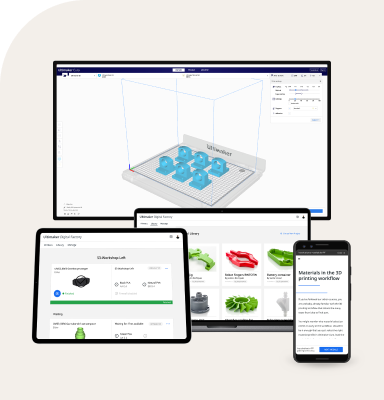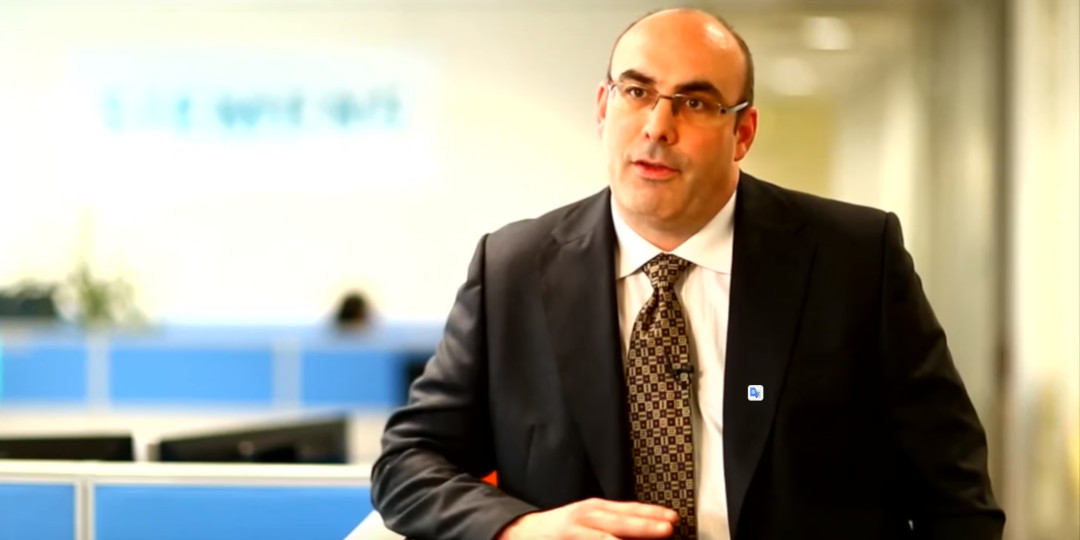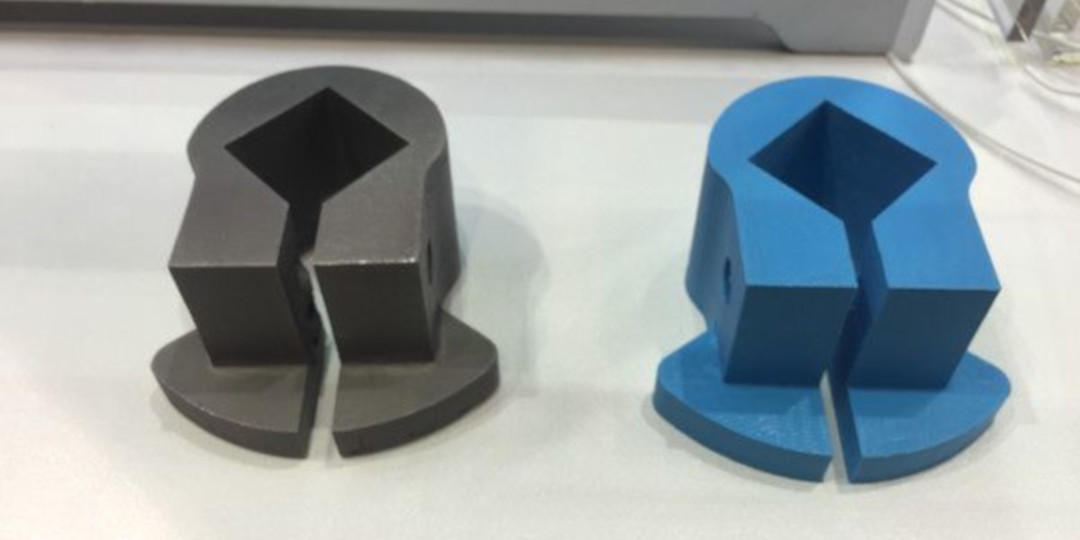Every month we ask someone from the 3D printing sector to write about what they're thinking, doing or printing. Today our guest blogger is Kae Woei Lim from Imaginables. Imaginables recently collaborated with Siemens at an event in Melbourne, Australia called AusRAIL - the largest rail event in Australia.
AusRAIL is an important meeting place for anyone who does business in the Australasia rail sector. We were asked to assist Siemens by loaning them Ultimaker 2 3D printers for AusRAIL, because Siemens couldn't afford to have their own printers out of action for the period of the event. This shows how integral Ultimaker has become in their workflow, that Siemens could not part with them for even 3 days.
We asked Stephen Baker, Head of R&D at Siemens Rail Automation, to tell us how they are using their Ultimakers at Siemens. Stephen told us that at first they primarily used 3D printing to assist in prototyping new components and products, “but when we started using the Ultimaker we realised we could use it as part of the manufacturing process.”
Now they can start out with a lightweight plastic component 3D printed on their Ultimaker, but end up with a final product cast in 316-grade stainless steel. Traditionally it would take Stephen's team 12 to 16 weeks to go from a model to a final component, but by using an Ultimaker 3D printer that time has been reduced to just 1 to 2 weeks.
Traditionally it would take 12 to 16 weeks to go from a model to a final component, but by using an Ultimaker 3D printer that time has been reduced to just 1 to 2 weeks.
To do so they found a specialized foundry based in Sydney, who take the component 3D printed in PLA and place it in a wax form. This form is dipped in a ceramic slurry and left to harden. The PLA is perfect for the next step, as during the firing stage the PLA is completely burnt off. The result is a cavity mold that they can directly cast steel into.
“So therefore we go from a 3D CAD model, to a 3D printed component, to the final metallic component without having to go through the normal process of manufacturing,” Stephen continues, “this has enabled us to reduce our time from the model stage to the final component stage to about 1 to 2 weeks, compared to where this would normally take us anywhere between 12 and 16 weeks.”
Final product compared to 3D print
Not only time is saved – a sizeable amount, with an average of 10+ weeks per component compared to traditional methods – but also potential rework as prototyping allows Siemens to try designs and elements without investing in expensive tooling.
On the choice of his team for the Ultimaker 3D printer, Stephen says that “We first looked at the market and web reviews, the basic spec was 8” build and sub 0.1mm resolution. The team was then tasked with finding a suitable candidate machine and making a recommendation.” At the request of Stephen's team we sent Siemens samples 3D printed on the Ultimaker 2, allowing them to inspect the quality hands-on.
“After about three weeks of investigations, talking to suppliers, and getting samples printed from three shortlisted vendors, they recommended the Ultimaker 2 as being the most suitable machine within our sub-$10k budget constraints, with what they believed would be a suitable level of local support”
We also asked Jamie McDyre, who is Head of Freight and Products for the ASEAN Pacific region, Mobility division, about his views on the future of 3D printing at Siemens. “Siemens is moving away from just looking at the factory floor, into considering the whole value chain now. What that allows us to do, using 3D printing, is allow us to bring that process to our customers, and bring them into our design processes early on.”
3D printing allows Siemens to get their customers involved, by bringing them into the conversation early and showing them prototypes of the final product. It is a strategic advantage for Siemens to engage with their customers early in the design process, that allows them to be able to get their product to market much quicker than before.

















